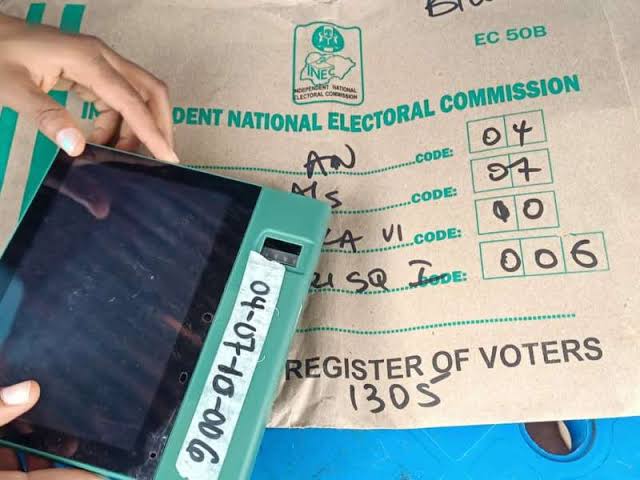
Delta, Imo and Ogun states have emerged top three in essential drug availability, according to the recently released 2023 National Health Facility Survey (NHFS) as reported by the National Bureau of Statistics (NBS).
The survey revealed that 53.6 per cent of primary health facilities in Delta, 52.9 per cent in Imo, and 51.2 per cent in Ogun had essential drugs available and unexpired at the time of the study, while, in contrast, Kebbi State recorded the lowest availability at 13.7 per cent.
Conducted by the National Bureau of Statistics (NBS) under the Federal Ministry of Health and Social Welfare, the NHFS survey utilised tools from the World Health Organisation (WHO) and the World Bank to assess health system performance nationwide. The survey covered 3,330 facilities across Nigeria’s 36 states and the FCT, employing a multi-stage sampling approach.
The recent NHFS report, signed by the Statistician-General of the Federation and Chief Executive Officer of the National Bureau of Statistics (NBS), Adeyemi Adeniran, and endorsed by the Coordinating Minister of Health and Social Welfare, Muhammad Ali Pate, aims to provide actionable insights into improving Nigeria’s health system. The report highlights gaps in service availability, readiness and quality, emphasising the urgent need to address these challenges to enhance health outcomes nationwide.
According to the report, the availability of essential drugs was measured as the percentage of key medications present and not expired in health facilities. These drugs include paracetamol, amoxicillin, artesunate, and oxytocin, among others.
The report averagely showed that only 50.6 per cent of secondary health facilities and 34.3 per cent of primary health facilities had essential drugs available. Geo-political analysis highlighted the Northwest as the leading zone with 57.8 per cent of sampled facilities stocked with essential medications .
The survey also assessed broader health system readiness and their findings revealed that only 39.4 per cent of primary health care (PHC) providers received Integrated Management of Childhood Illness (IMCI) training, which affected their ability to recognise key danger signs in illnesses, like pneumonia and diarrhoea. While 80.3 per cent of PHC providers demonstrated adequate knowledge of malaria management, only 41.0 per cent and 51.7 per cent could manage pneumonia and diarrhoea effectively.
In terms of maternal health services, 79.7 per cent of public health facilities were ready to provide antenatal care (ANC), with the highest readiness reported in the Southsouth zone (88.9 per cent). They also reported that about 74 per cent of facilities offered HIV testing as part of routine ANC services, while only 25 per cent provided antiretroviral drugs.
The survey highlighted gaps in immunisation services, with measles, polio and pentavalent vaccines available in approximately 50 per cent of facilities. Availability of family planning consumables such as male condoms, injectables and implants was also uneven, with the Southeast zone reporting the highest accessibility.
Despite the progress recorded in some areas, the NHFS underscored critical challenges in financial record-keeping. Only 34.5 per cent of facilities had expenditure records, with just 25.8 per cent of those records being up to date, indicating that secondary health facilities fared better in financial accountability compared to primary health facilities.






